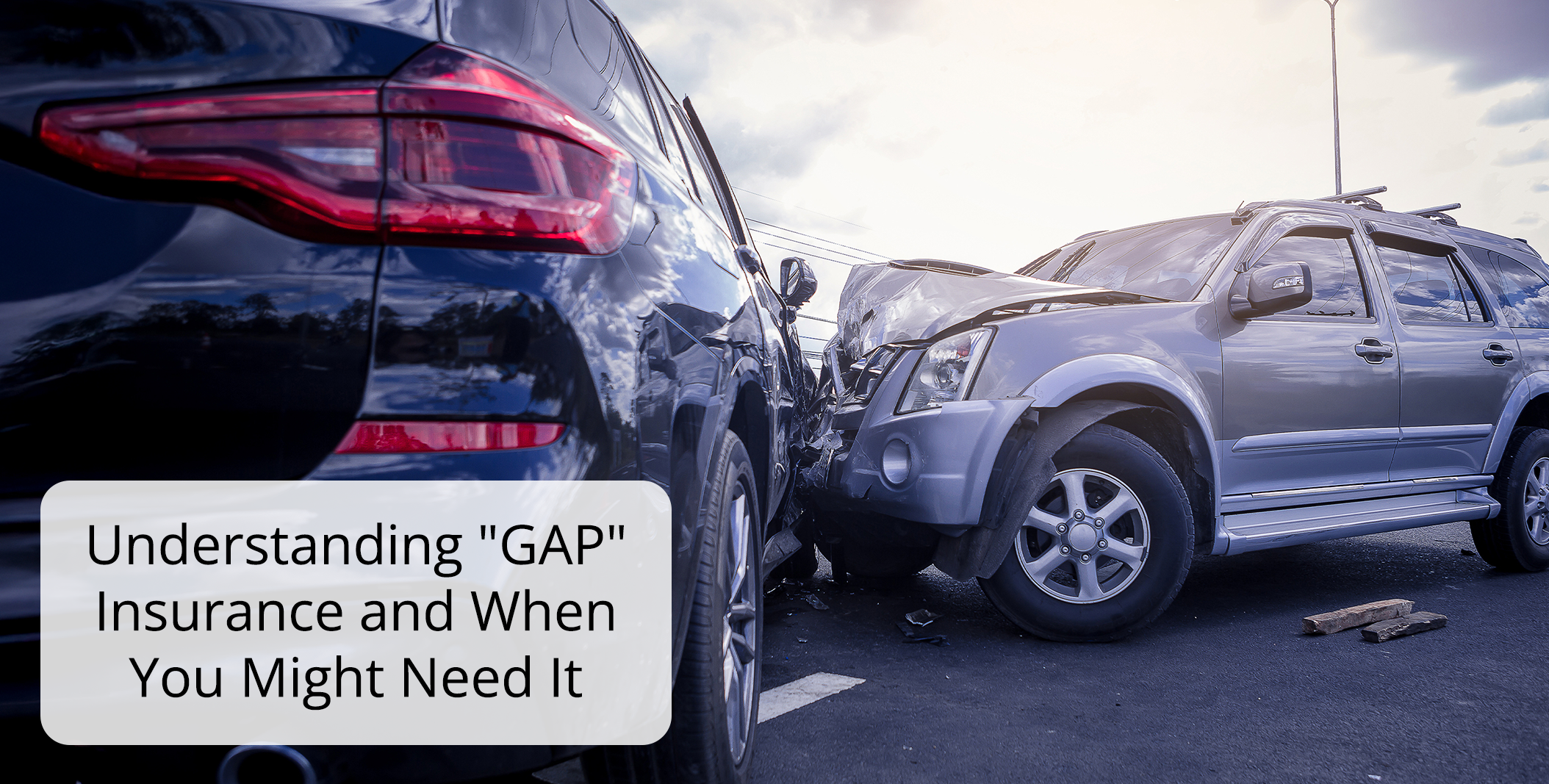
Buying a new car is an exciting milestone, but what happens if that car is totaled or stolen shortly after purchase? Many drivers are surprised to learn that their auto insurance policy might not cover the full cost of replacing their vehicle. That’s where Guaranteed Asset Protection (GAP) insurance comes in.
This specialized coverage bridges the gap between what you owe on your car loan or lease and the actual cash value (ACV) of the vehicle, potentially saving you thousands of dollars in an unfortunate situation. In this blog, we’ll break down how GAP insurance works, who needs it, and when it might be a smart investment.
What Is GAP Insurance?
GAP insurance is an optional add-on to your auto insurance policy that covers the difference between the ACV of your car and the amount you still owe on your loan or lease if your car is declared a total loss.
In the event of a total loss, your standard auto insurance policy will typically reimburse you for the ACV of the car, not the loan or lease amount. If the loan balance exceeds the ACV, GAP insurance covers the difference.
Here’s an example:
While GAP insurance isn’t necessary for every car owner, it can be invaluable in certain situations. Consider purchasing GAP insurance if:
Cars depreciate quickly, especially in the first year. If you put down less than 20%, your loan balance may exceed the car’s ACV almost immediately, leaving you vulnerable without GAP insurance.
Most leases require GAP insurance because the lease balance often exceeds the car’s value for much of the lease term. Some leasing companies include GAP coverage in their agreements, but it’s important to confirm.
Long-term loans (60 months or more) typically result in slower equity buildup, increasing the likelihood that you’ll owe more than the car is worth at some point.
Certain makes and models depreciate faster than others. If you purchase a vehicle with high depreciation rates, GAP insurance can protect you from a significant financial loss.
Putting a lot of miles on your car can accelerate depreciation, making GAP insurance a smart choice for frequent drivers.
GAP insurance might not be necessary if:
GAP insurance is widely available, and you can purchase it from:
The cost of GAP insurance varies depending on your provider, vehicle value, and loan terms, but typical expenses include:
While dealer-provided GAP insurance might be convenient, it’s often more expensive than purchasing through your insurer.
If GAP insurance doesn’t suit your needs, consider these alternatives:
GAP insurance can be a financial lifesaver if you’re upside-down on a car loan or lease when disaster strikes. By understanding how it works and when it’s necessary, you can make an informed decision about whether to add it to your policy.
For tailored advice on GAP insurance and other auto coverage options, consult an independent insurance agent. They can help you assess your situation, compare quotes, and ensure you’re protected against unexpected losses.
Investing in GAP insurance may cost a little upfront, but it can provide priceless peace of mind, ensuring you’re not left paying for a car you no longer own.
Disclaimer: The information provided in this article is for educational purposes only. It is important to consult with a qualified insurance professional for advice tailored to your specific circumstances.